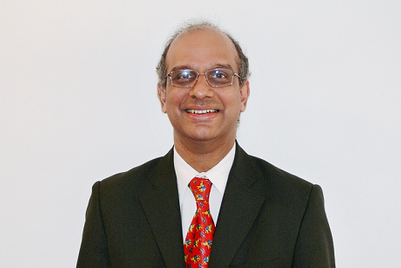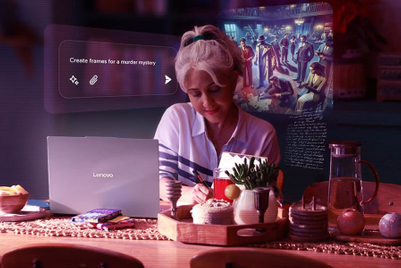
Last week I participated in an Ad Club Bombay workshop, conducted by Ogilvy’s Madhukar Sabnavis.
Thanks to him, for the few of us who chose to be present there, our understanding of advertising and brands only got better.
The premise of the workshop was ‘storytelling’ and the need to tell better stories about brands. "Half of the teaching in schools today is extremely boring because teachers do not tell stories. The advertising business essentially is also about story-telling," Sabnavis said.
For the few hours that we were there, Sabnavis spoke about everything from the evolution of Mills & Boon novels, the James Bond movies, Cadbury chocolates, Asian Paints.
The discussion that followed was of how the nature of storytelling had changed, what elements of stories were being consistently refreshed and what aspects were likely to change in the future (a participant commented that James Bond will always be played by a white man. Interesting!).
Sabnavis also explained the navarasas, the nine basic emotions of life – some of which were essential to tell any story. They are shringar (beauty, love), hasya (happiness, mirth and laughter), adbhut (wonder, surprise), bhay (fear), karuna (compassion), vibhatsya (disgust), veer (courage), krodh (anger) and shaant (peace).
So a typical Bollywood movie – say, a Rajkumar Hirani or a Farah Khan production – would have several of the above navarasas in healthy doses. (Sometimes the dosage goes completely wrong or we interpret it differently. For example, Karan Johar used shringar, karuna and veer in My Name is Khan. Anybody who saw my face during the movie would have seen a lot of vibhatsya and krodh. After the movie? Lots of shaant.)
So who dictates the dosage of these navarasas in your storytelling? Do you believe it needs a prescription? And who decides the prescription - the agency, the client or a third party specialist?
Things have actually begun rolling on this front. They may not be called navarasas in daily parlance, but Sabnavis said that marketers were now working with advertising agencies and research bodies to check the emotive content of their television commercials.
Ogilvy is already doing this and Sabnavis said that, given the limited time frame for a TV-spot, the commercial had to elicit at least one of the above emotions. He said, "We are in the business of story-telling. And emotions play a big role in telling stories. Especially in a country like India, the emotive content of a TVC is crucial. It is a given that emotions have to be linked to purchase intent or desire in a consumer’s mind. It’s also true that while enjoyability and emotive content are important, they alone are not sufficient."
So if you look back, a Neo Sports spot (Tension) done by Ogilvy deals with bhay, the Kya aap Close-Up karte hain spot has doses of shringar, hasya, vibhatsya, Rediffusion Y&R’s Express Yourself spot for Airtel is full of karuna. The insurance category for example, largely sells itself on guilt, fear (bhay)and uncertainties of the future, the auto category (shringar), Fair & Lovely ads (bhay, fear of being rejected). (Quick quiz: Which navarasa would you attribute to the JK Cements ad?)
But if you don’t have the budgets to hire a research agency to tell you whether the ad is emotive enough or not, or if you’re simply disgusted with research, you go by gut feeling. It’s something that a man with a talismanic moustache has done at Ogilvy for a long time.
It's worked.


.jpg&h=334&w=500&q=100&v=20250320&c=1)
.jpg&h=334&w=500&q=100&v=20250320&c=1)


.jpg&h=334&w=500&q=100&v=20250320&c=1)


.jpg&h=334&w=500&q=100&v=20250320&c=1)

.jpg&h=334&w=500&q=100&v=20250320&c=1)




.jpg&h=268&w=401&q=100&v=20250320&c=1)

.jpg&h=268&w=401&q=100&v=20250320&c=1)

